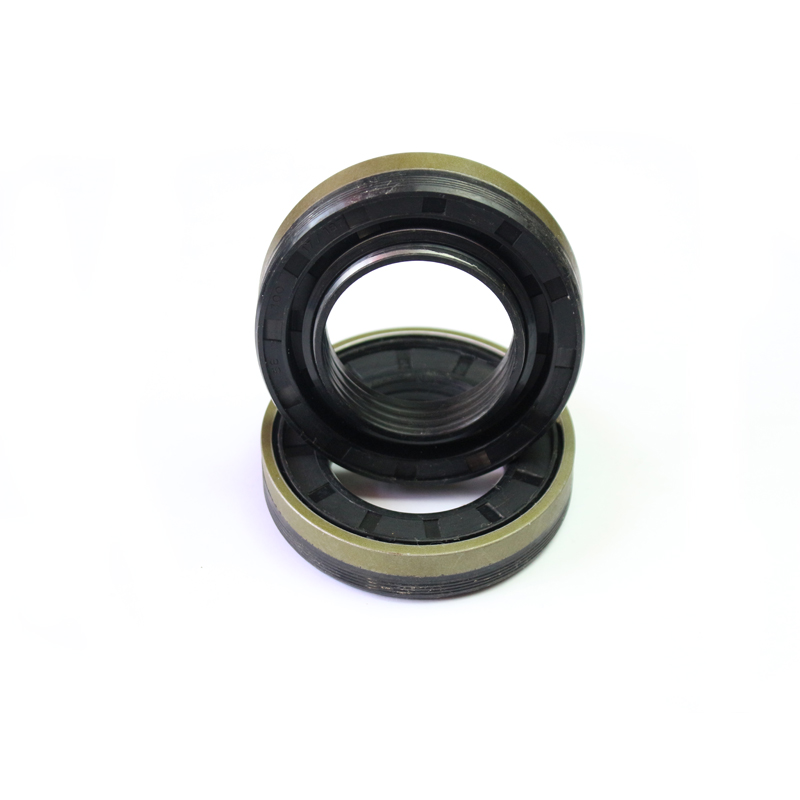Selecting Oil Seals Based on Dimensional Specifications for Optimal Performance
Understanding Oil Seals by Dimension A Comprehensive Guide
Oil seals, also known as shaft seals, are essential components in various machinery and equipment. Their primary function is to prevent the leakage of lubricants and protect against contaminants. The performance and longevity of an oil seal greatly depend on its dimensions and the application for which it is designed. In this article, we will delve into the significance of oil seals by dimension, the factors influencing their selection, and best practices for their installation and maintenance.
Importance of Dimensions in Oil Seals
The dimensions of an oil seal primarily include its inner diameter (ID), outer diameter (OD), and thickness. Each of these measurements plays a crucial role in ensuring a proper fit and function within a specific application.
1. Inner Diameter (ID) This measurement indicates the size of the shaft or the bore around which the seal will be installed. It is critical that the ID is matched accurately to the shaft dimensions to prevent leaks.
2. Outer Diameter (OD) The OD of the oil seal is equally important as it determines how well the seal fits into the housing or bore. An improper OD can result in either excessive play, leading to leaks, or an overly tight fit, potentially causing damage to the seal or the housing during installation.
3. Thickness The thickness of an oil seal can affect its ability to withstand pressure and rotational forces. Seals that are too thin may not provide adequate sealing under high-pressure conditions, while seals that are excessively thick may hinder movement and increase wear.
Factors Influencing Selection
When selecting an oil seal, several factors must be considered
- Operating Conditions Temperature, pressure, and the type of lubrication used greatly influence the choice of seal material and design. For instance, applications that involve extreme temperatures may require seals made from specialized materials like fluorocarbon or silicone.
- Speed of Operation The rotational speed of the shaft is another critical factor. Higher speeds may necessitate seals designed to operate effectively under dynamic conditions, with features like spiral grooves or specialized lip designs to enhance performance.
oil seal by dimension

- Media Compatibility The seal material must also be compatible with the lubricants and contaminants present in the application. Using incompatible materials can lead to seal degradation and premature failure.
Installation Best Practices
Proper installation of oil seals is vital for their effectiveness and longevity. Here are some best practices to consider
1. Surface Preparation Ensure that the shaft and housing are clean and free of burrs, sharp edges, and contaminants. This can help prevent damage to the sealing lip during installation.
2. Lubrication Before installation, lubricate the sealing lip with the appropriate lubricant to reduce friction and facilitate a smooth installation.
3. Use of Installation Tools Employ tools designed for oil seal installation, such as seal drivers, to avoid damaging the seal and ensure precise placement. Avoid hammering directly on the seal, as this can deform it and compromise its sealing properties.
4. Check Alignment Ensure that the seal is properly aligned during installation. Misalignment can lead to uneven wear and premature failure.
Maintenance for Longevity
Regular inspection and maintenance of oil seals can significantly extend their service life. Look for signs of leakage, wear, or damage and replace seals at the first indication of failure. Additionally, monitoring the operating conditions and making necessary adjustments can help prevent premature sealing issues.
Conclusion
Understanding oil seals by dimension is fundamental to ensuring their effectiveness in various applications. By considering the critical dimensions, relevant factors influencing selection, and adhering to best practices in installation and maintenance, users can enhance the performance and longevity of oil seals. Whether in automotive, industrial, or household applications, investing time and effort in choosing the right oil seal can prevent costly leaks and machinery downtime, ultimately leading to improved efficiency and reliability.
-
Understanding the Front Main Engine Seal: Purpose, Maintenance, and Installation
News Jul.29,2025
-
Understanding O-Rings and Seal Rings: Types, Applications, and Custom Solutions
News Jul.29,2025
-
Understanding Crankshaft Oil Seals: Rear Seals, Pulley Seals, and Their Role in Engine Integrity
News Jul.29,2025
-
The Importance of Front and Rear Crankshaft Seals in Engine Performance and Oil Management
News Jul.29,2025
-
Crank Oil Seals: Functions, Types, and Cost Considerations in Engine Maintenance
News Jul.29,2025
-
A Comprehensive Guide to O-Rings and Seals: Types, Materials, and Global Applications
News Jul.29,2025
-
Mastering Diesel and Performance Engine Maintenance: A Guide to Critical Oil Gaskets
News Jul.28,2025
Products categories















